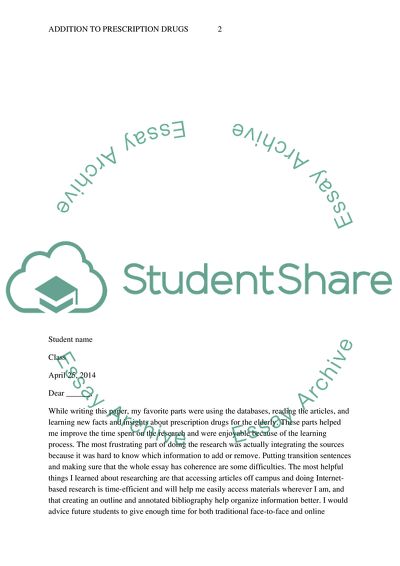Cite this document
(Addition to Prescription Drugs among the Elderly: A Right under Research Paper, n.d.)
Addition to Prescription Drugs among the Elderly: A Right under Research Paper. https://studentshare.org/health-sciences-medicine/1818576-addition-to-prescription-drugs-among-the-elderly-problem-and-solution
Addition to Prescription Drugs among the Elderly: A Right under Research Paper. https://studentshare.org/health-sciences-medicine/1818576-addition-to-prescription-drugs-among-the-elderly-problem-and-solution
(Addition to Prescription Drugs Among the Elderly: A Right under Research Paper)
Addition to Prescription Drugs Among the Elderly: A Right under Research Paper. https://studentshare.org/health-sciences-medicine/1818576-addition-to-prescription-drugs-among-the-elderly-problem-and-solution.
Addition to Prescription Drugs Among the Elderly: A Right under Research Paper. https://studentshare.org/health-sciences-medicine/1818576-addition-to-prescription-drugs-among-the-elderly-problem-and-solution.
“Addition to Prescription Drugs Among the Elderly: A Right under Research Paper”. https://studentshare.org/health-sciences-medicine/1818576-addition-to-prescription-drugs-among-the-elderly-problem-and-solution.


